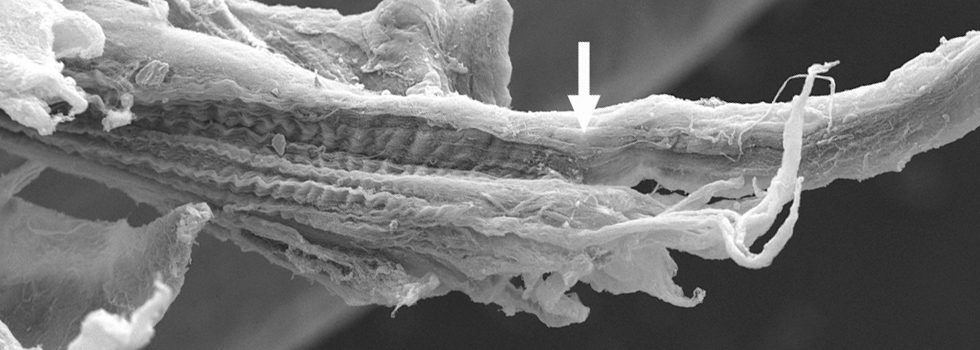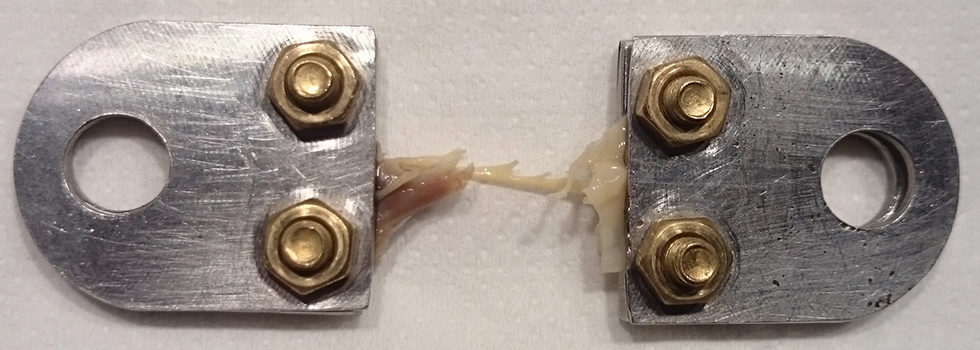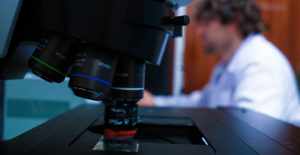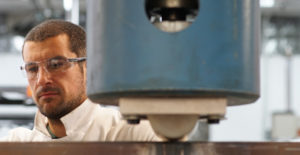Biomaterials
Biomaterials
The most relevant devices in the field of the characterization of the properties of biological materials are the following:
-
Micro-computed tomography (μTAC) scanner Bruker model Skyscan 1172. The most notable technical characteristics are the following: 11 Mp X-ray camera with total distortion correction, up to 8000 × 8000 pixels in each layer, isotropic detail detectability up to 0.7 μm and software for 2D and 3D image analysis. The main bone parameters that the μTAC is able to identify are the porosity, cortical volume, trabecular volume, connectivity and degree of anisotropy.
-
Ultra-micro-indenter (UMI). The UMI tests are carried out with a Shimadzu DUH 211, Dynamic Ultra-Micro Hardness Tester, equipped with a Berkovich tip. The load capacity varies between 0.1 mN and 1961 mN. This test enables to determine the hardness of the material (in different scales: Vickers, Martens, etc.) and provides estimates, at a local level, of relevant mechanical parameters, such as the Young’s modulus of the material.
-
Electromechanical machine Servosis, model ME-402. This machine is equipped with a low capacity load cell, specific for testing small bones. The tests are carried out under physiological conditions, in a chamber with a recirculation system of serum at 37ºC. It is used for bending and tensile tests on various types of tissues (bones, circulatory system, etc.).
-
Scanning electron microscope (SEM), Zeiss model EVO MA 15. This device can work both in high vacuum and in environmental conditions allowing the image acquisition of on non-conductive materials. The electron acceleration voltage reaches 30 kV and the magnification varies between x7 and x106. It has a microanalysis system by dispersive energy spectroscopy (EDS) that allows the chemical nature of the materials to be analyzed.









